Share
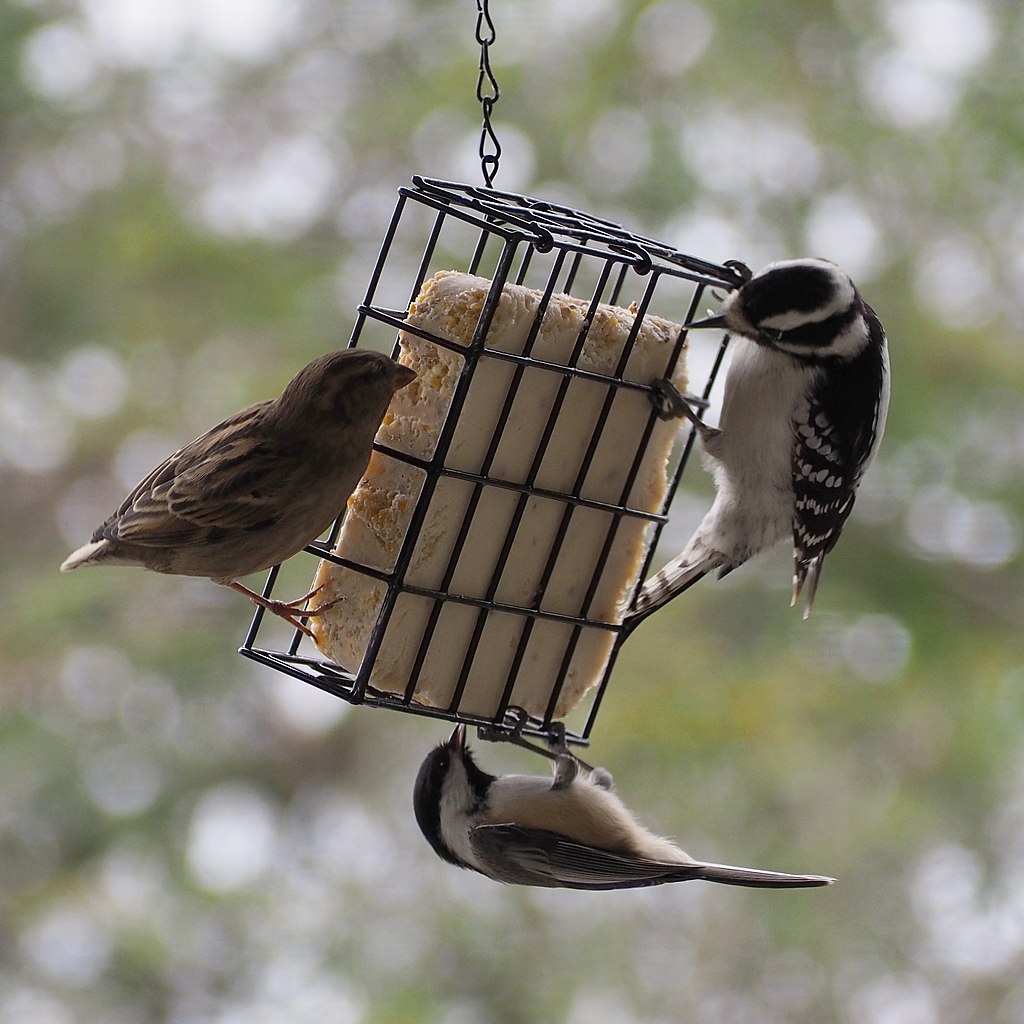
The Benefits of Suet Feeders: Attracting Winter Birds in Northern Nevada
As temperatures begin to drop in Northern Nevada and winter slowly begins to set in, providing birds with nutrient-rich food sources becomes even more important. One of the best ways to support local bird populations during the colder months is by offering suet. Suet feeders not only help birds survive harsh conditions but also give birdwatchers the joy of attracting unique species to their backyard.
Why Suet in Early Winter?
Suet is a high-energy food made from rendered animal fat, often mixed with seeds, fruits, or nuts. This combination is perfect for birds during the colder months when natural food sources like insects and berries are scarce. The fat content helps birds maintain their body heat, making suet feeders especially valuable as early winter arrives.
In the Northern Nevada climate, where temperatures can quickly become cold, offering suet is a practical and compassionate way to help your feathered friends thrive. By putting out suet in the early winter, you can help birds build up their fat reserves before the harshest weather hits.
Birds Suet Feeders Attract in Northern Nevada
In Northern Nevada, a variety of birds will flock to suet feeders, taking advantage of this rich energy source. Here are some common species you can expect to see:
- Woodpeckers: Species like the Northern Flicker and Downy Woodpecker are common suet visitors. These birds are particularly attracted to suet for its high-fat content, which mimics the protein they get from insects.
- Nuthatches: The energetic Red-breasted Nuthatch is often found clinging upside-down on trees or feeders, and suet is one of their favorite treats.
- Chickadees: Both the Mountain Chickadee and Black-capped Chickadee will flock to suet feeders for a quick energy boost to sustain them through colder weather.
- Jays: Steller’s Jays, with their bold blue feathers and distinctive crests, are frequent visitors to suet feeders. They love both the fat and the added mix of seeds and nuts often found in suet cakes.
- Bushtits and Wrens: These tiny, active birds are drawn to the high caloric density of suet, especially in winter when they need extra energy to stay warm.
- Dark-eyed Juncos: Known for their contrasting dark heads and pale bellies, Juncos will also stop by suet feeders as they forage for winter food.

The Importance of Early Winter Feeding
Early winter is a critical time to begin providing suet. Many birds have just finished migration or are preparing for the cold months ahead. Food sources such as insects become less available, so suet feeders can fill an essential nutritional gap. By offering suet in early winter, you help birds stock up on the calories they need to survive long, cold nights.
Suet Feeder Tips
- Placement: Position your suet feeder near trees or shrubs where birds can quickly find cover from predators.
- Keep it Fresh: Suet can spoil in warmer weather, but in early winter, the cold helps keep it fresh. Still, check regularly to ensure it remains in good condition.
- Variety: Offer different types of suet, such as those with added seeds, fruits, or nuts, to attract a broader range of species.
Adding a suet feeder to your backyard is an easy and effective way to support local birds through the early winter months. In Northern Nevada, you’ll likely attract a variety of beautiful species while providing them with a crucial food source. The best spot for suet is a cool, shady spot, with temperatures below 65oF being optimal. . Remember to check on the suet too, as high weather or direct sunlight can spoil suet. Set up your suet feeders early, and enjoy the sights and sounds of woodpeckers, chickadees, and more as they make your garden their winter haven.
Share
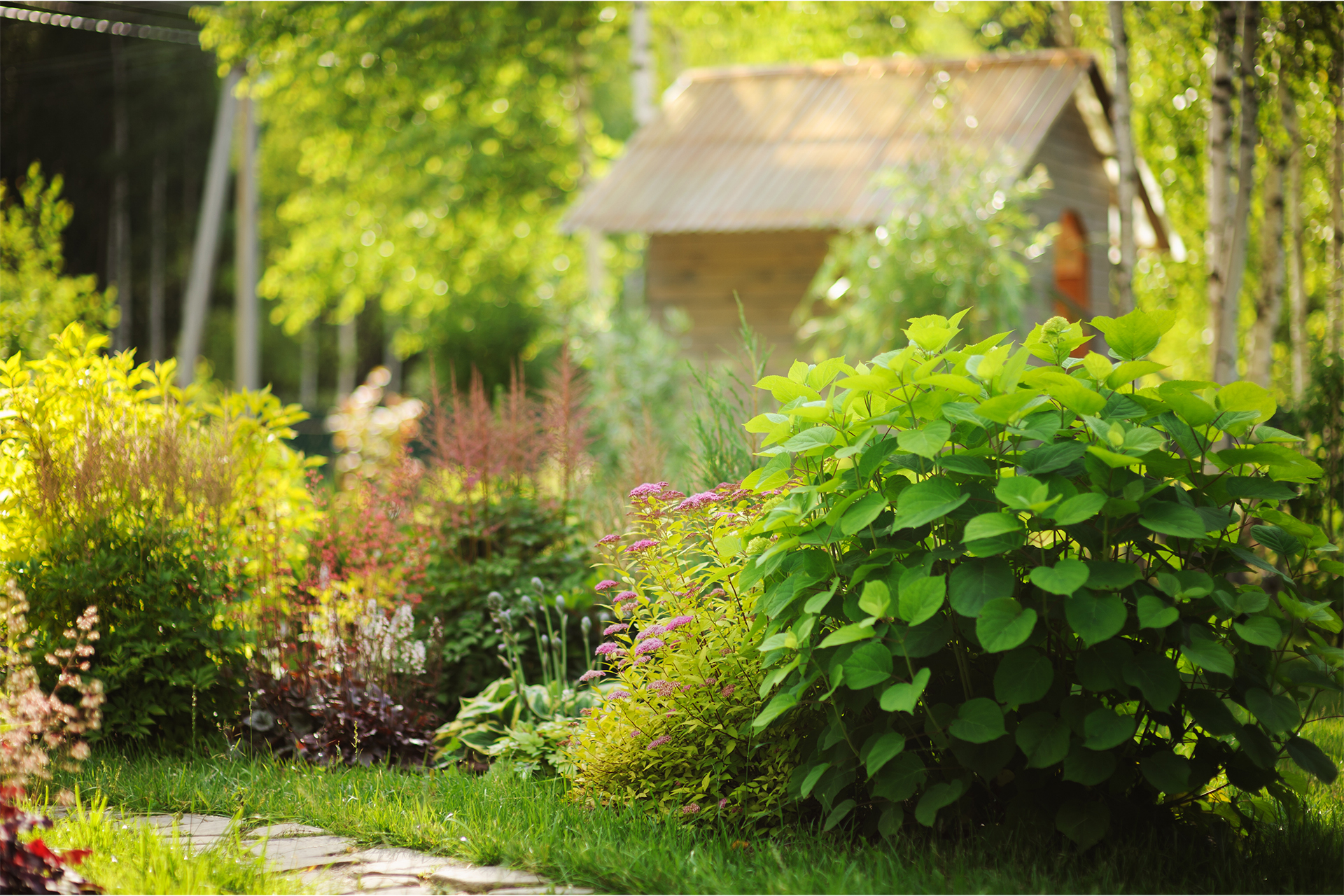
A well-planned landscape can help you create a comfortable outdoor space, minimize heat islands, and even reduce your air conditioning costs.
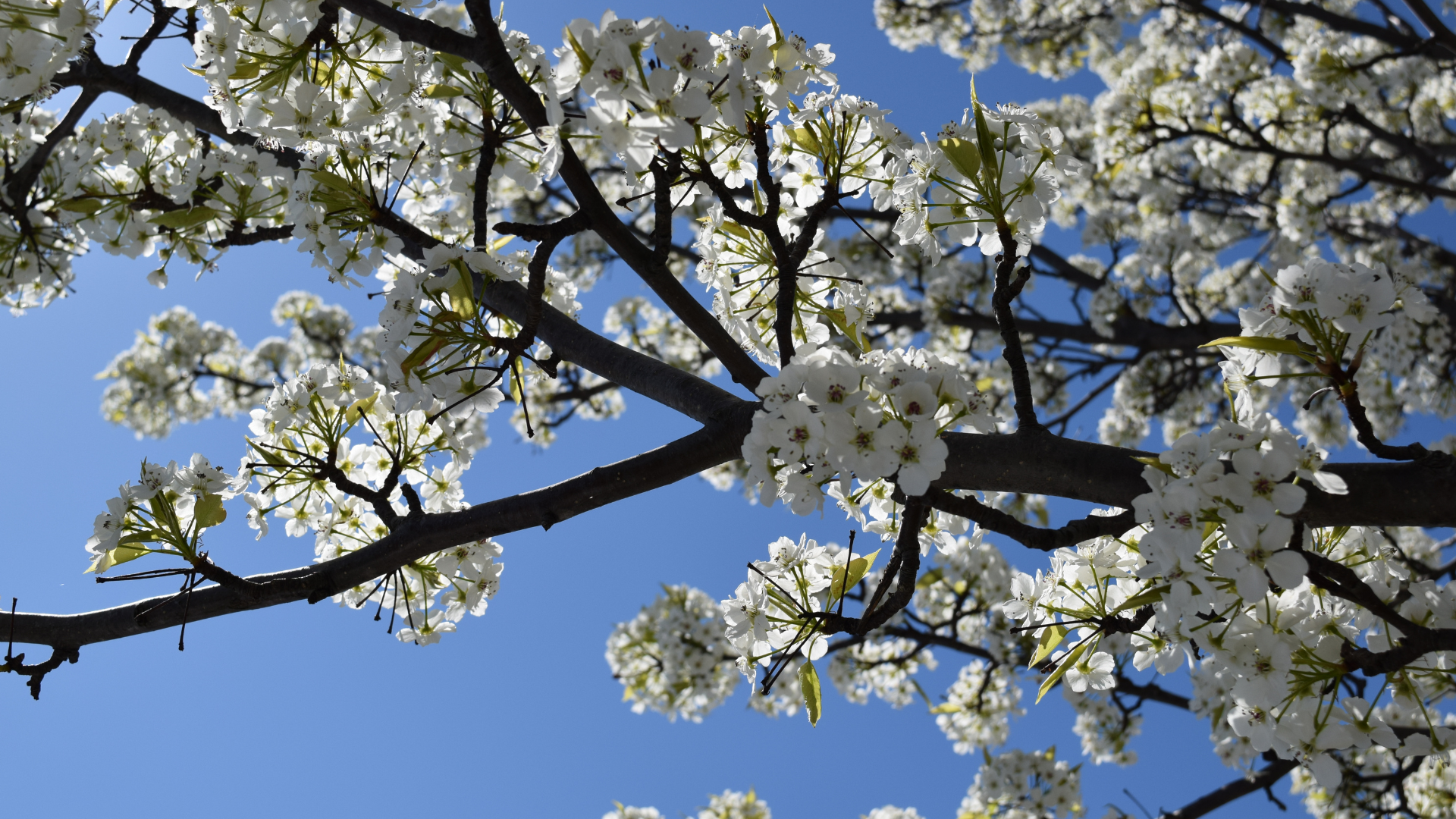
Embracing Evolution: Why Chanticleer and Redspire Pear Trees Outshine Their Ancestral Bradford Pears
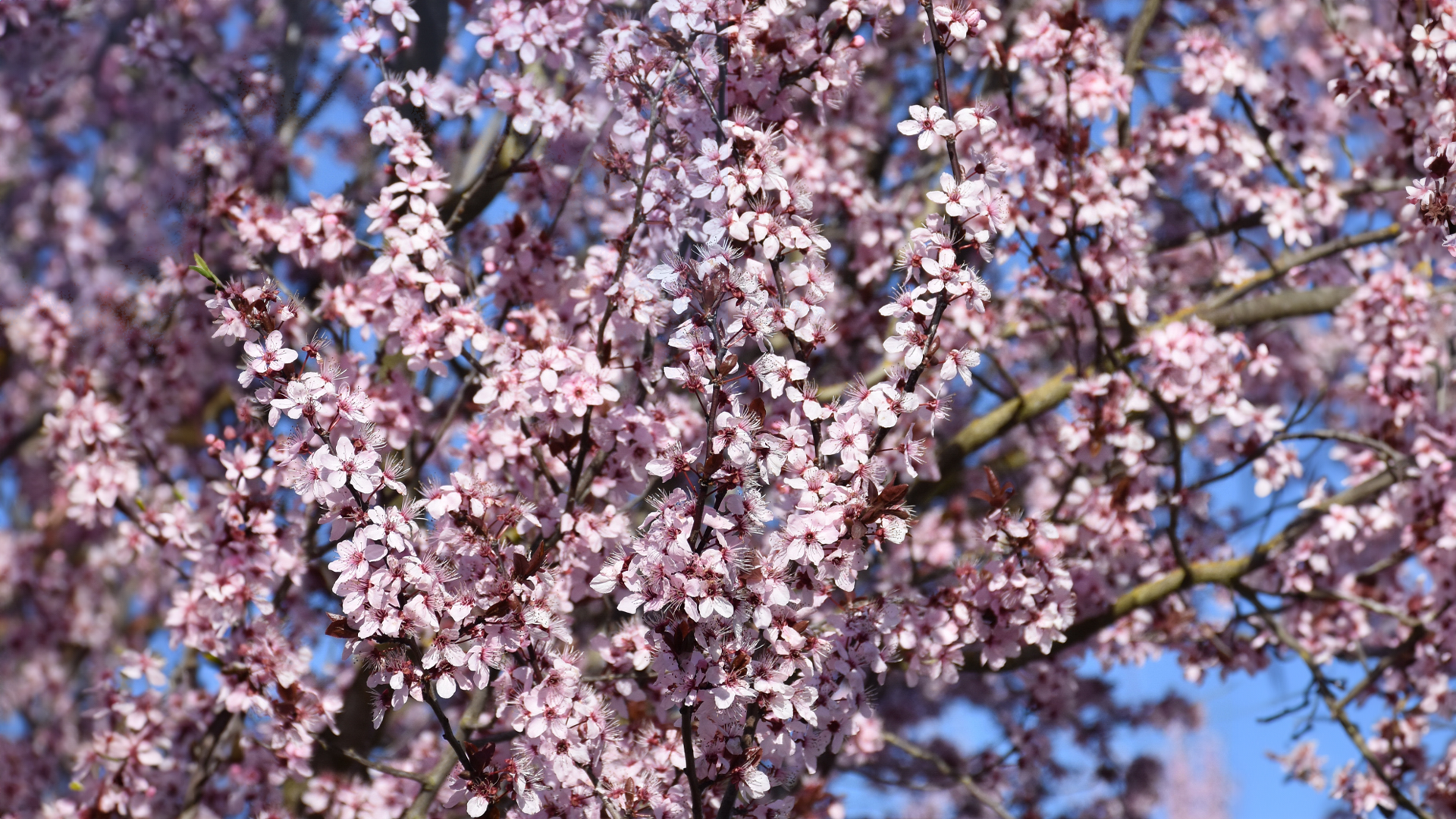
When it comes to selecting trees for the unique climate and conditions of the high desert in Reno, NV, the Krauter Vesuvius Plum stands out as an exceptional choice. This ornamental tree not only thrives in the arid environment but also adds striking beauty and resilience to any landscape.
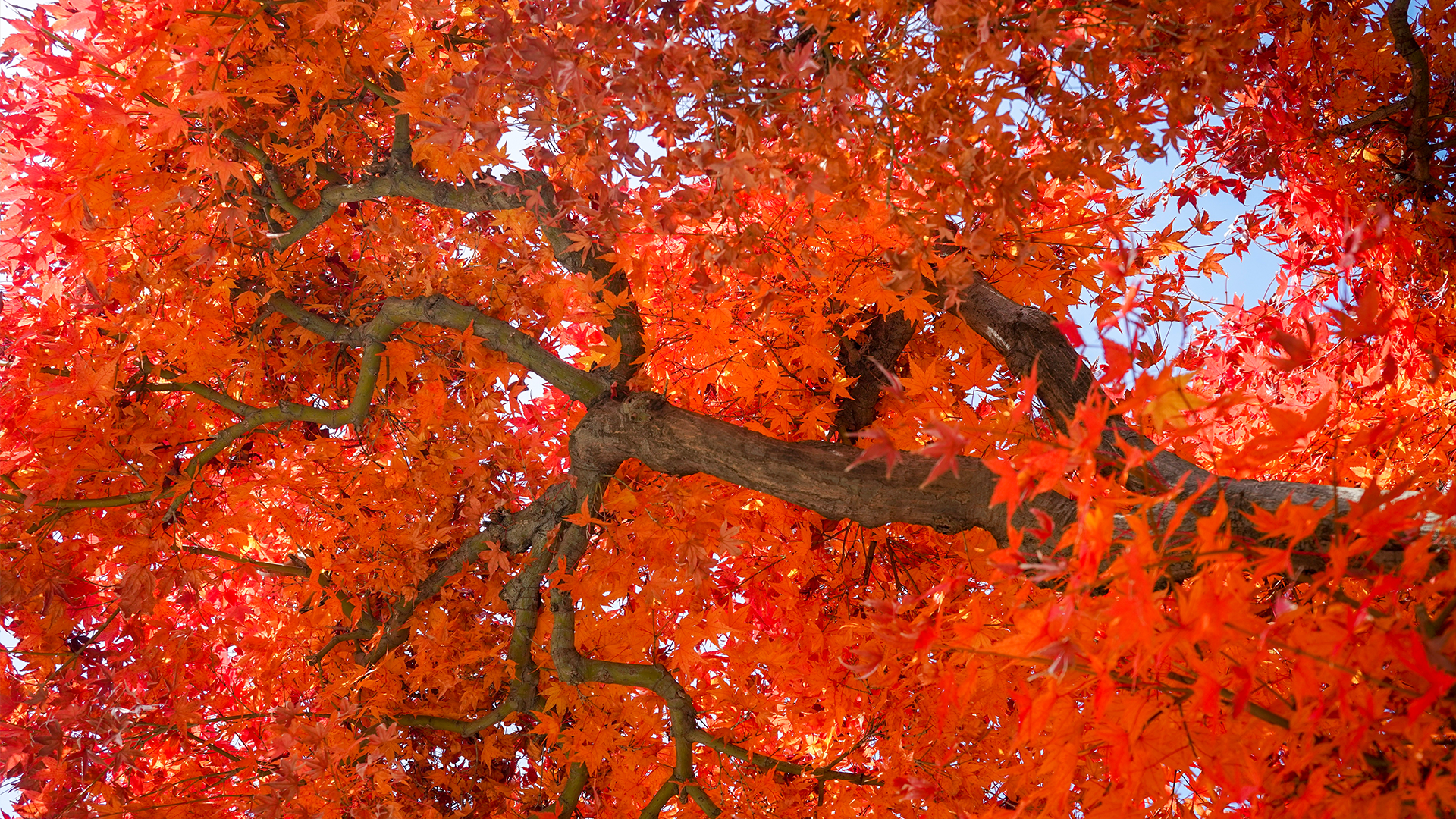
In the world of maples, the Autumn Blaze Maple stands out as a remarkable hybrid, blending the best traits of its parents—the red maple and the silver maple.
